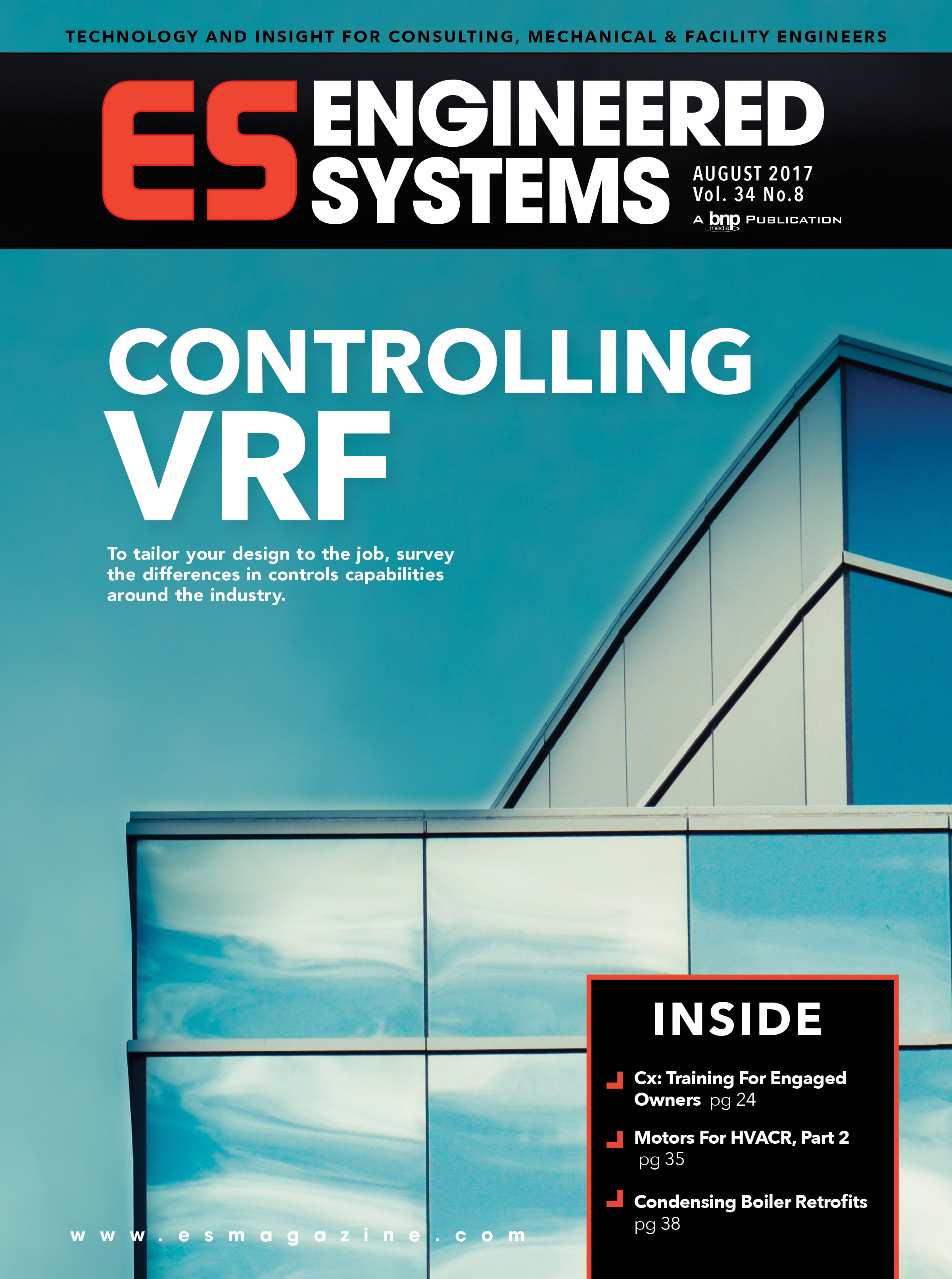Concerns about mold and mildew and their effect on IAQ are a strong focus of the technical program at ASHRAE 2003 Annual Meeting, June 28-July 2, Kansas City, MO, at the Hyatt Crown Center. Ninety programs will be presented.
Mold and the HVACR industry is addressed by representatives of ASHRAE, the Chartered Institution of Building Services Engineers, the Mechanical Contractors Association of America, the National Environmental Balancing Bureau, the Refrigeration Service Engineers Society and the Sheet Metal and Air Conditioning Contractors' National Association, in a seminar. They will provide short position statements followed by a question and answer session.
Legal issues and liability concerns stemming from IAQ and mold are explored in another seminar. Speakers will share ideas for preventing problems, dealing with complaints, finding experts and consultants for testing and remediation, communicating with building occupants and remediating problems.
Mold issues in two types of buildings are addressed in seminars. A mold and mildew in commercial and institutional buildings session addresses ventilation, infiltration and other causes. Moisture generation in these buildings that is not controlled to the required dew point promotes mold, mildew and deterioration.
Mold and mildew control in residential construction examines possibilities of cures and mitigation. The impact of duct systems on IAQ is addressed in a seminar. Ducts and duct failure can have a profound impact on IAQ. Pollutants are transported from buffer spaces and outside buildings through ducts. Ducts also can serve as a source of pollutants from chemistry on duct services.
IAQ needs in humid environments are debated in a forum. It attempts to address questions including "what are the optimum ventilation methods to tightly control indoor space humidity levels and do the methods change for humid climates," and "what about air cleaners and other technologies being touted as solutions."
In the area of education, a forum on searching for and hiring entry-level engineers will be held. In today's environment, employers are looking to hire "the right person" without having to expend a great deal of money or time to train. On the flip side of the issue, how do you get experience if you can't get hired?
Tips and suggestions on using ASHRAE Standard 52.2-1999, Method of Testing General Ventilation Air Cleaning Devices for Removal Efficiency by Particle Size, are discussed in a forum. Participants will discuss running test rig smoothly, setting up sampling systems and conducting qualification tests.
The technical program is comprised of 48 seminars (application-oriented presentations without papers), 13 symposia (presentations with papers on a central subject), 26 open-discussion forums, two technical sessions (paper presentations) and a poster session. A total of 86 papers will be presented.
For more information or to register, visit http://xp20.ashrae.org/MEET/KC-MeetMenu.htm.


